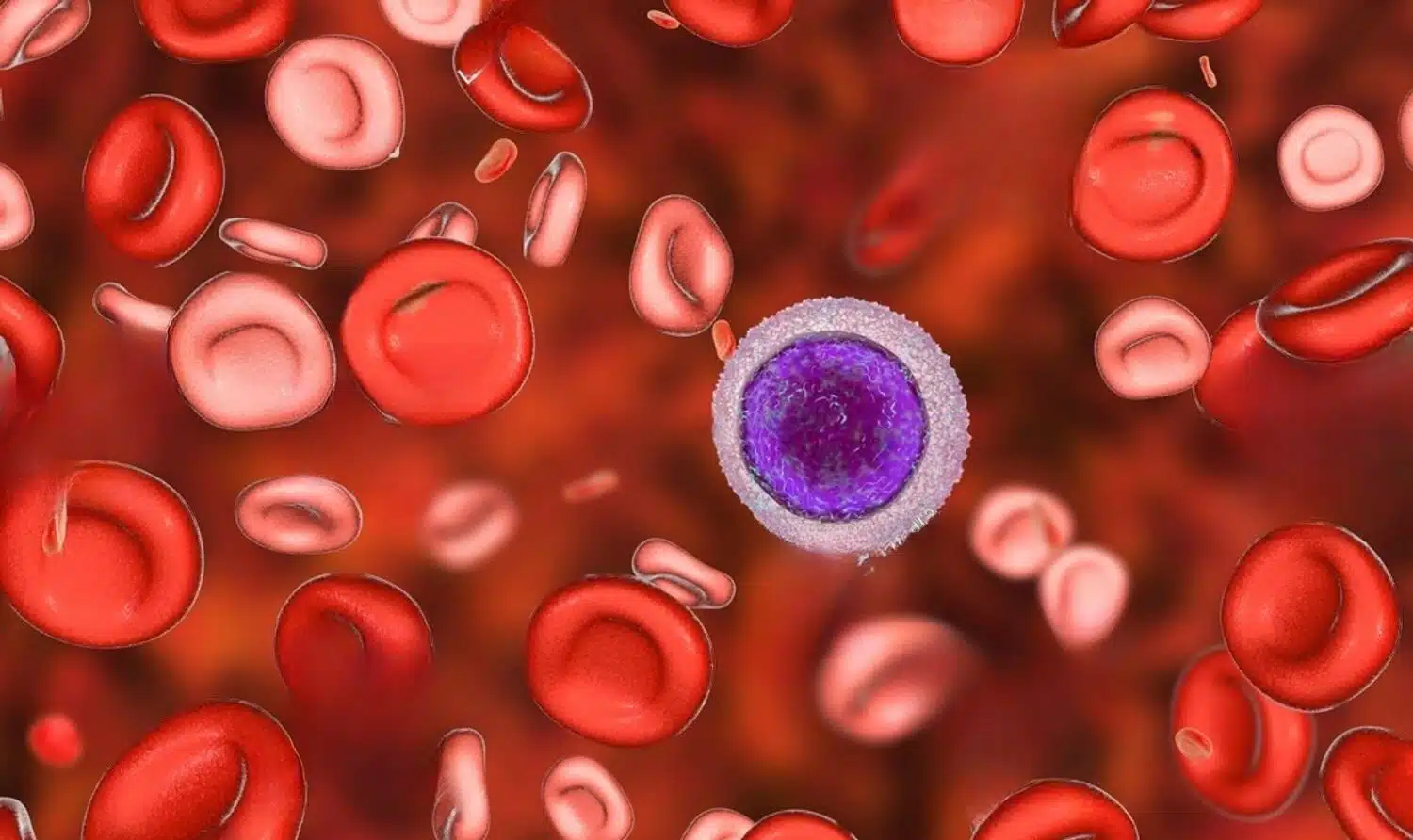Pediatric bone cancer is a rare but serious illness that affects children and adolescents. Understanding this disease is crucial for parents who face the challenges of diagnosis, treatment, and care. This blog aims to provide an overview of pediatric bone cancer, its types, symptoms, diagnosis, treatment options, and the emotional support needed for families navigating this difficult journey.
Types of Pediatric Bone Cancer
Pediatric bone cancer primarily includes two types:
- Osteosarcoma: This is the most common type of bone cancer in children and adolescents. It typically affects the long bones of the arms and legs, particularly around the knee. Osteosarcoma is most commonly diagnosed in teenagers during their growth spurts.
- Ewing Sarcoma: This cancer can occur in any bone but is most often found in the pelvis, ribs, and long bones of the legs and arms. It usually affects children and young adults, with the highest incidence in teenagers.
Symptoms to Watch For
Early detection of pediatric bone cancer can significantly impact treatment outcomes. Parents should be vigilant for the following symptoms:
- Pain: Persistent bone pain that worsens at night or during activity is a common symptom. Unlike typical growing pains, this pain does not subside with rest.
- Swelling: Visible swelling or lumps around the affected bone can be a sign of a tumor.
- Fractures: Weakened bones may fracture more easily, even with minor trauma or no clear injury.
- Reduced Mobility: Limping, difficulty moving, or decreased activity levels in children may indicate bone cancer.
- Systemic Symptoms: Although less common, fever, fatigue, and unintended weight loss can accompany bone cancer.
Diagnosis
If pediatric bone cancer is suspected, a comprehensive diagnostic process follows:
- Medical History and Physical Exam: The doctor will take a detailed medical history and perform a physical examination to assess the affected area.
- Imaging Studies: X-rays, MRI, and CT scans help visualize the bone and surrounding tissues, revealing the presence and extent of the tumor.
- Biopsy: A biopsy, where a sample of the tumor is taken and examined under a microscope, is necessary to confirm the diagnosis and determine the type of bone cancer.
- Bone Scans and PET Scans: These scans can detect the spread of cancer to other parts of the body.
Treatment Options
The treatment of pediatric bone cancer involves a multidisciplinary approach and may include:
- Surgery: The primary goal is to remove the tumor entirely. In some cases, limb-sparing surgery can be performed, while in others, amputation may be necessary.
- Chemotherapy: This treatment uses powerful drugs to kill cancer cells. It is often used before surgery to shrink the tumor and after surgery to destroy any remaining cancer cells.
- Radiation Therapy: High-energy radiation is used to target and kill cancer cells. It may be used in cases where surgery is not possible or in combination with other treatments.
- Targeted Therapy and Immunotherapy: These newer treatments focus on specific molecules involved in cancer growth and may offer additional options for certain patients.
Coping with the Diagnosis
A diagnosis of pediatric bone cancer can be overwhelming for families. Emotional and psychological support is crucial during this time:
- Psychological Support: Professional counseling for the child and family members can help manage anxiety, fear, and depression associated with the diagnosis and treatment.
- Support Groups: Joining support groups for families dealing with pediatric cancer can provide a sense of community and shared experiences, reducing feelings of isolation.
- Resources: Access Educational to reliable information about the disease and treatment options empowers parents to make informed decisions.
Long-term Outlook and Follow-up Care
The prognosis for pediatric bone cancer varies depending on factors such as the type of cancer, its stage at diagnosis, and the response to treatment. With advancements in treatment, many children achieve long-term remission. However, ongoing follow-up care is essential to monitor for potential late effects of treatment and to detect any recurrence early.
- Regular Check-ups: Scheduled follow-up visits with the oncology team are crucial for monitoring the child’s health and detecting any signs of recurrence or late effects of treatment.
- Rehabilitation: Physical therapy and rehabilitation may be necessary to help the child regain strength and mobility, especially after surgery or limb amputation.
- Emotional Well-being: Continuing psychological support helps the child and family cope with the long-term impacts of cancer and its treatment.
Pediatric bone cancer is a deeply challenging diagnosis, demanding a comprehensive and compassionate approach. Parents are essential in supporting their child through every stage of this journey, from diagnosis to treatment and beyond. At Shinon Global, we understand the profound emotional and medical challenges that accompany pediatric bone cancer. That’s why we stand by your side 24/7, ready to meet your needs with care and empathy. Need a supportive partner? Connect with us!
